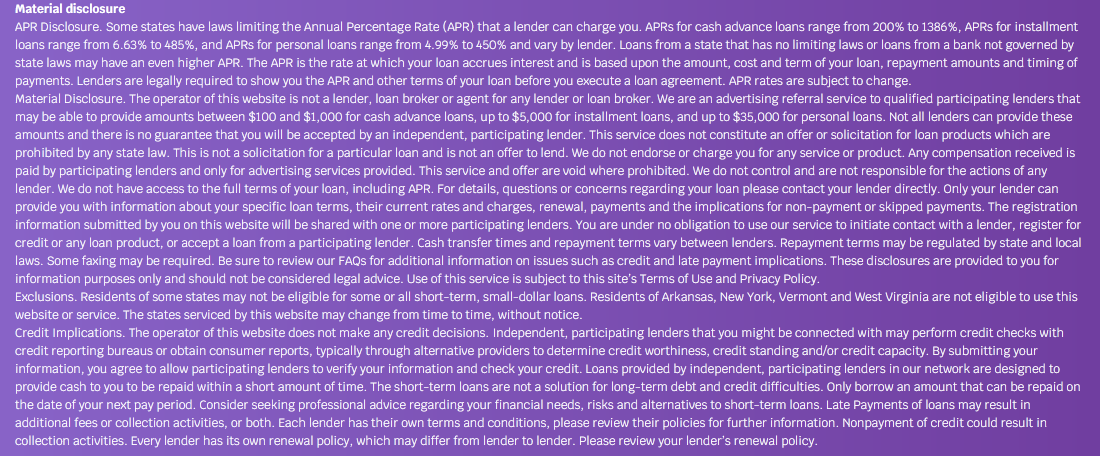The term “Debt Consolidation” is formed from two words: Latin re – “repeat”, and financing, that is, repayable (loans) or gratuitous (for example, subsidies) the provision of funds. In the context of consumer lending, debt consolidation loan is issuing a new loan in order to repay a loan in another bank on more favorable terms.
In other words, this is a new loan to pay off the old one. (Consolidating is often called refinancing.) By its legal nature, debt consolidation loan is a targeted loan, since the agreement specifies that the money issued by the bank is used to pay off the existing debt in another credit institution.
When do people resort to consolidating a loan? A typical situation is a change in market terms and a decrease in interest rates on loans. For example, suppose you took out a mortgage in 2005. The interest rate was then 20%. You paid for almost 10 years and suddenly found out that in another bank the annual rate is only 15%. And since you have to pay for another 10 years, you go to this other bank and renegotiate the mortgage agreement. As a result, monthly payments can be significantly reduced.
Who can get debt consolidation loan and how?
When refinancing, the borrower has the same requirements as when applying for a regular personal loan. That is, they must be an employable citizen with a certain experience and level of income, with a positive credit history. These factors are used to assess the client’s solvency.
So, in on-lending, most likely, they will refuse to an inaccurate payer who has made delays on the current loan.
The scheme for refinancing a consumer loan is as follows:
- you come to a bank that provides a refinancing service and confirm your solvency.
- then you go to the creditor bank. You need to find out if, according to your loan agreement, there is a bann on early repayment of the loan, and whether the bank agrees to this.
- you return to the refinancing bank and sign the corresponding agreement. At the same time, as a rule, the bank itself transfers money to the primary creditor and resolves all organizational issues.
- the debt consolidating loan may exceed the amount of the previous debt. In this case, the borrower has the right to dispose of the money remaining after its payment at his own discretion.
What is the difference from loan restructuring?
Loan refinancing should not be confused with loan restructuring. The latter implies a change in the amount of the loan, its term, interest rate and other essential terms of an existing loan agreement. That is, you can come to your bank, submit an application, for example, to extend the loan term. The bank will review it and decide on the restructuring of your loan. As a result, you will receive a new repayment schedule, a new amount of payments, but the agreement will remain the same with the same subject composition.
When refinancing, a new agreement is signed. In addition, the subjects of the agreement usually change. The fact is that refinancing can take place both in the bank that issued the original loan, and in any other. But banks rarely refinance their own loans – it is not profitable for them. Therefore, the client has to contact credit institutions that have special refinancing programs.
How to minimize debt through consolidation?
So, consolidation allows you to:
- reduce the interest rate;
- increase lending terms;
- change the amount of monthly payments;
- transform many loans in different banks into one.
But in order to minimize debt due to these bonuses, it is important to know about the pitfalls of refinancing.
First, there is no point in using on-lending to get rid of small consumer loans. The benefit of refinancing is manifested in long-term lending for large amounts. For example, for a young family that has taken out a mortgage, lowering the rate even by 2-3% will already be a significant help to the budget.
Secondly, it is important to compare the cost of applying for a new loan with the savings that it promises. In particular, if the bank that provided the original loan charges a penalty for early repayment of the loan, is it worth the candle?
Thirdly, if the primary loan had collateral, then it goes to the new lender. For example, with a car loan, the car is pledged by the bank. Having decided to use refinancing, you will have to reissue the collateral to the refinancing bank. Moreover, while this procedure is in progress, you will have to pay increased interest to the bank, since at this time nothing is guaranteed for its loan. When all the formalities are settled, you will be able to pay at the interest rate specified in the loan refinancing agreement.
Thus, in order to minimize debt, it is important to carefully calculate the benefits of a debt consolidating loan. This can be done using a special online calculator.

